In addition to helping to support and organize smaller symposia and conferences that have brought representatives from different Tibetan traditions and communities in traditional Tibetan cultural areas, together with experts and scholars in many fields — ranging from Tibetan medicine to economic development and civil society — the following are examples of major conferences the Conservancy has helped to organize and lead:
The First International Conference on the Future of Mongolian Buddhism
Ulan Bataar, Mongolia
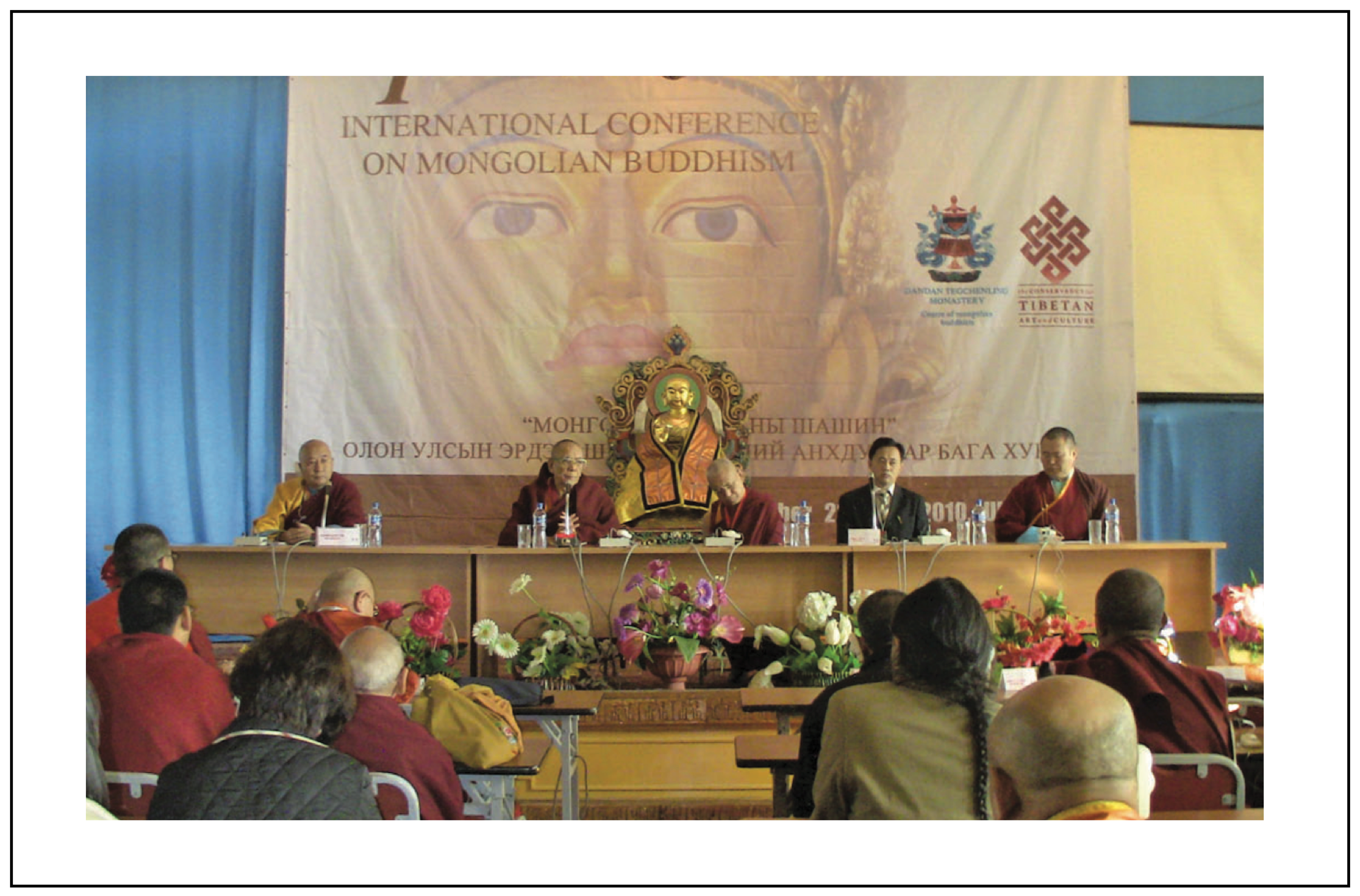
The First International Conference on the Future of Mongolian Buddhism — an historic gathering of 200 lamas, religious leaders and scholars from Mongolia, Tibet, Bhutan, Russia, Italy and the U.S., who gathered at Gandan Monastery’s Zanabazar Buddhist University in Ulan Bataar, Mongolia to confer on the state of Buddhism in Mongolia, and the impact of the re-emergence of Buddhist culture on contemporary Mongolian society.
Sponsored by the Conservancy for Tibetan Art and Culture, and hosted by Gandan Thegchen Choling Monastery, this pioneering conference represented the first time so many Mongolian scholars, Tibetan lamas and Himalayan Buddhists, and other distinguished foreign guests could come together to freely discuss the state of Buddhism in modern Mongolia from a variety of different perspectives, including:
• Buddhism in Mongolia: Past, Present and Future
• Buddhism and Mongolia’s Unique Cultural Heritage
• Mongolia’s role in the development and spread of Buddhism
• Encounters between Modernity and Traditional Mongolian Buddhist Culture
• Role of Buddhism in Contemporary Mongolian Society
• Social Engagement in Contemporary Mongolian Society
• Buddhism’s Encounter with Modern Science
• Buddhism and Protection of the Environment
• Buddhism and the Role of Women in Contemporary Mongolian Society
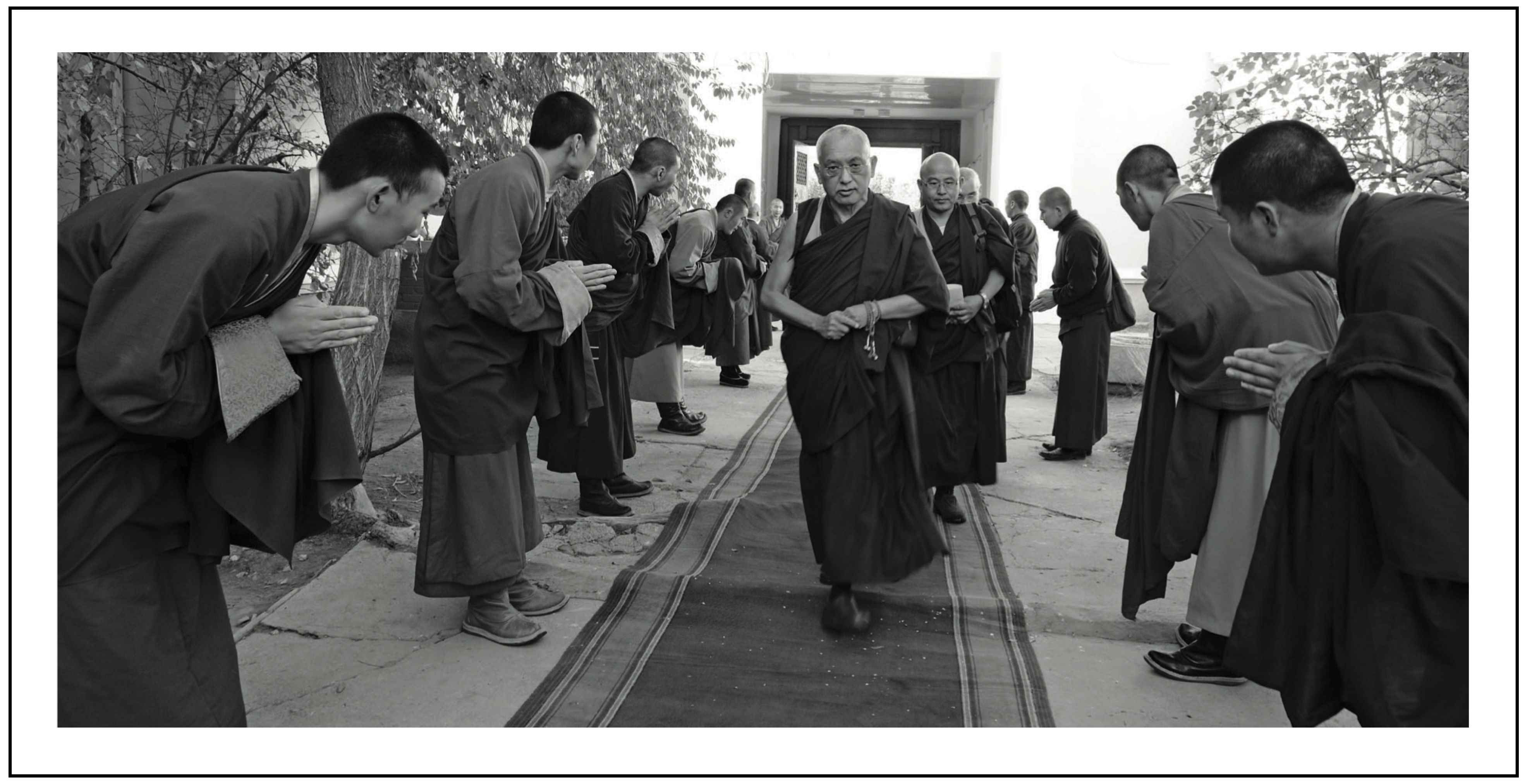
Lama Zopa Rinpoche being greeted as he and other lamas arrive for the opening of First International Conference on the Future of Mongolian Buddhism, sponsored by the Conservancy for Tibetan Art and Culture.
Hosted by Khamba Lama Choijamts, the Abbot of Gandan Tegchenling Monastery, the conference gathered important Tibetan scholars such as H.E. Ganden Tripa Rinpoche, Lama Zopa Rinpoche, Gelek Rinpoche and others, to participate in broad-ranging panel discussions on topics relevant to 21st Century Buddhist culture. Participants stressed the need for continued discussion and collaboration amongst the followers of all Tibetan Buddhist traditions. They also agreed that Buddhist monasteries should make more effort on behalf of the lay community through social welfare projects and the teaching of basic Buddhist thought.
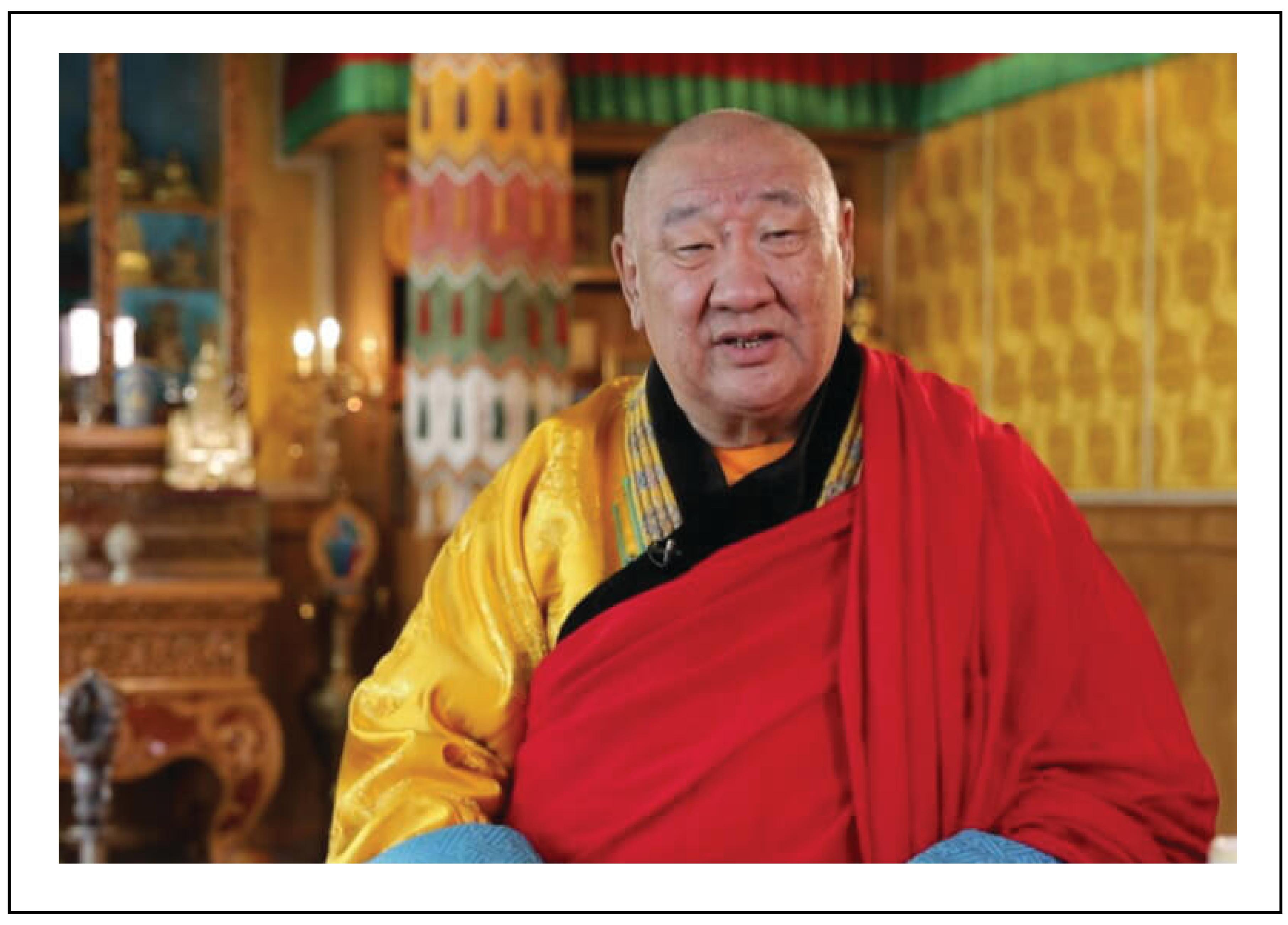
“We Mongolian Buddhists are fortunate today to live in a free and sovereign nation. Therefore we are keenly aware of the special responsibility that we must shoulder… To my mind, this event served as a very significant symbol of the unity of the countries following this sublime tradition, and a sign that we can work together in the future.” — Khamba Lama Choijamts
International Conference on Tibetan Buddhism
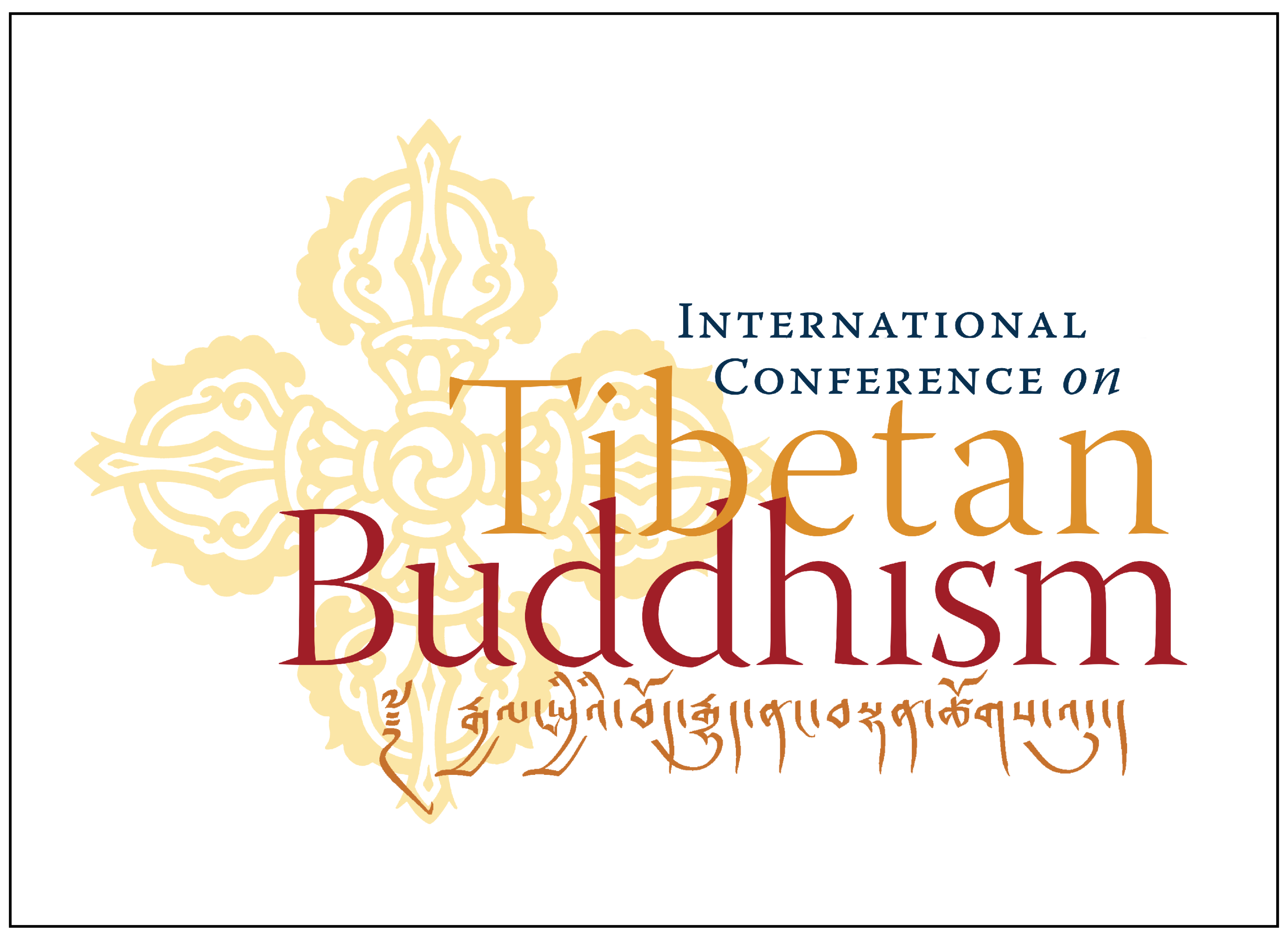
The International Conference on Tibetan Buddhism was co-sponsored by the Office of Tibet-New York, Emory University, the Conservancy for Tibetan Art and Culture, and Drepung Loseling Monastery.
This groundbreaking international conference brought together over 350 scholars, leaders, teachers, translators and dharma center representatives from traditional Tibetan Buddhist communities, as well as non-traditional Buddhist regions — including the U.S., Canada, Mexico, South America, France, Denmark, the U.K., India, Mongolia, Nepal and other Himalayan regions.
Leaders — including His Holiness the Dalai Lama; His Eminence the Ganden Tri Rinpoche, the head of the Gelug school of Tibetan Buddhism; Samdhong Rinpoche, Prime Minister of the Tibetan government-in-exile; and Choje Khamba Lama, abbot of Gandan Tegchenling Monastery in Mongolia — addressed the challenges facing the Tibetan Buddhist community and how to safeguard the tradition’s future direction, which were more deeply examined in subsequent panel discussions led by some of the most prominent scholars, teachers and translators of Tibetan Buddhism:
“Surviving Modernity in Traditionally Tibetan Buddhist Regions”
Telo Tulku Rinpoche and Dr. Vesna Wallace led a panel discussion focused on the future of Tibetan Buddhism in traditionally Tibetan Buddhist regions of Tibet, Nepal, Bhutan, Mongolia, Russia and the Indian Himalayas. Telo Tulku spoke about the struggle to recover from the cultural destruction of the 20th century in some of those traditional Tibetan Buddhist areas, caused by the Soviet and Chinese communist parties. Dr. Wallace spoke of the growing number of people in Mongolia have been turning to Buddhism to escape the ills of modern Mongolian society. To sustain this interest and the preservation of their spiritual traditions, many panelists stressed the need for leaders in these areas to train new teachers and students to carry on their traditions, and to reconstruct destroyed temples and institutions.
Three separate panel discussions examined Tibetan Buddhism’s encounter with modernity from three different perspectives:
“Tibetan Buddhism’s Encounter with the Modern Academy”
In the first, Dr. Anne Klein noted that graduate training in Tibetan Buddhist Studies is offered at roughly 20 universities in the U.S., and argued that Tibetan Studies is often approached from two distinct vantage points: historical and modern. She warned that the encounter with modernity and its dominant narratives — including science — threatens to render aspects of the Tibetan Buddhist tradition invisible because they do not map neatly onto our cultural categories or assumptions and are therefore too easily discarded or overlooked.
“Tibetan Buddhism’s Encounter with Modern Western Culture”
Dr. Robert Thurman and Sogyal Rinpoche, seemed to dismiss the notion of a distinctively “Modern” or “Western” Tibetan Buddhism, acknowledging that although the tradition must adapt to some degree in modernity, the key teachings remain unchanged and, moreover, are still extremely relevant today.
“Tibetan Buddhism’s Encounter with Modern Science”
Dr. Richard Davidson and Matthieu Ricard looked at the practical benefits of the growing collaboration between scientists and Tibetan Buddhist scholars and practitioners. Panelists addressed the various issues involved in the dialogue between Buddhism and science, including the translation of key Buddhist and scientific terms and the importance of understanding the variety and theoretical approaches of different Buddhist contemplative practices. Finally, Geshe Lobsang Tenzin Negi, Director of the Emory-Tibet Partnership, delivered a second keynote on this panel, observed that the encounter of Tibetan Buddhism with modernity is neither unilateral nor to be understood as the reception of an unadulterated tradition into the modern world. Instead, he argued, the dialogue between Buddhism and science reveals that the exchange is taking place on more equal footing.
“Translating the Dharma”
Geshe Thupten Jinpa recounted that the translation of the Dharma from Sanskrit into Tibetan had far-reaching effects on Tibetan culture. Noting that most major cultural transformations throughout history have coincided with major translation projects, Geshe Jinpa suggested that the translation of the Tibetan canon and other important texts, practices, and traditions into new cultural contexts marks the beginning of a long-lasting global cultural transformation, one that could have a “humanizing influence” on world affairs.
“Tibetan Buddhism and Social Engagement”
Tibetan Buddhism’s encounter with modernity, comes at a time with heightened awareness of the global challenges humanity faces. These challenges make it clear that action must be taken in ethics, economics, ecology, education, healthcare, and interreligious dialogue to effect change, with the panel — which included Dr. John Makransky, Dr. Jan Willis, Lama Pema Wangdak and Dr. David Germano — discussing how the Tibetan Buddhist tradition is poised to contribute to many of these areas through ongoing collaboration and new initiatives, with Dr. Willis noting that while “engaged Buddhism” might be a new term, Buddhism has been engaged since it’s inception.
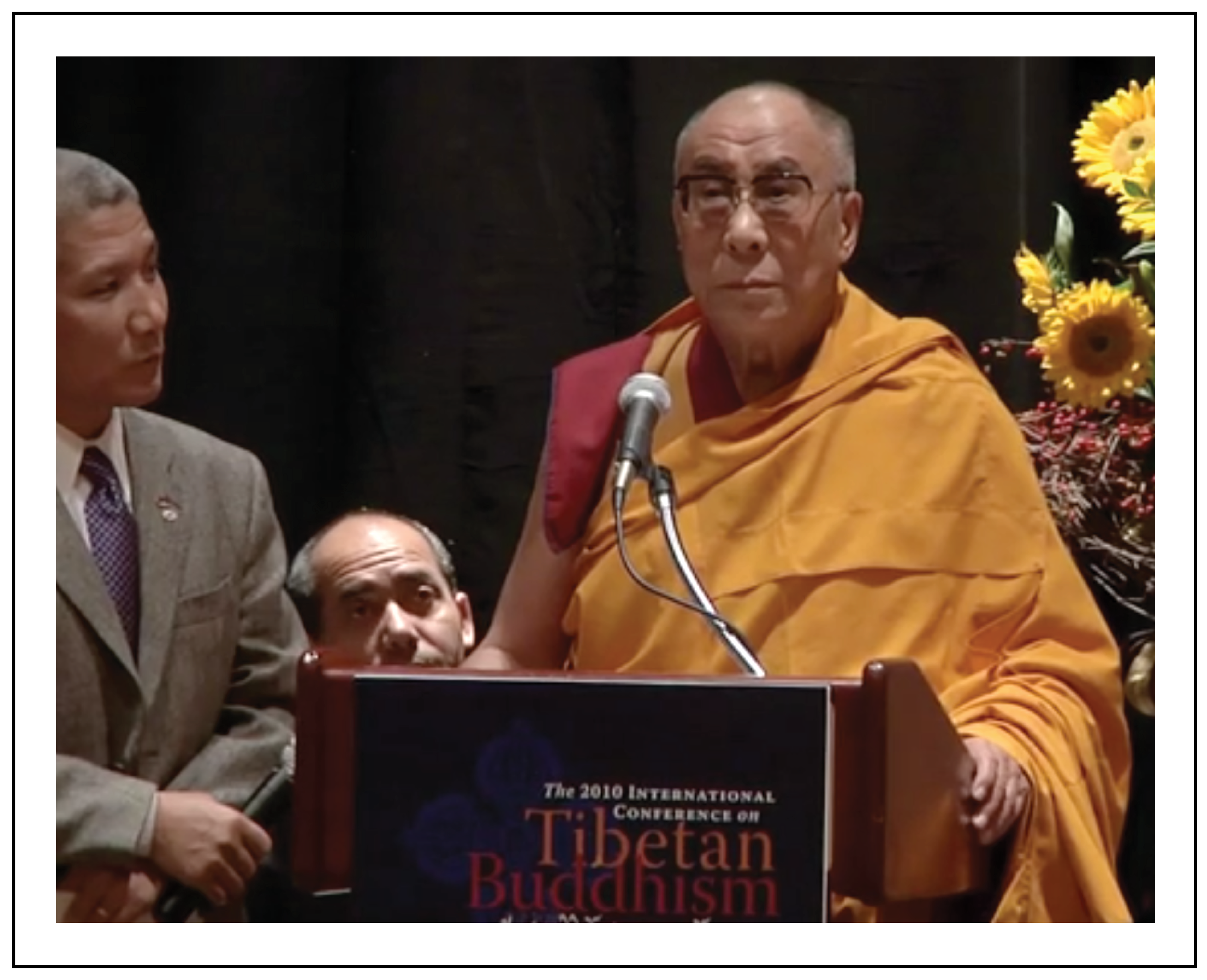
His Holiness the Dalai Lama giving the keynote address, inaugurating the International Conference on Tibetan Buddhism, co-sponsored by the Conservancy for Tibetan Art and Culture.
Keynote
In his keynote address, His Holiness the Dalai Lama began by noting that, following the tragedy in Tibet, particularly since 1959, it was fortunate that many learned lamas, scholars and students were able to escape from Tibet.
Since then, the Dalai Lama said, our main concern has been the preservation of Tibetan Buddhist culture.
Because of that, he said, every effort has been made to preserve them.
“Tibetan Buddhist culture and Tibetan Buddhism are not only ancient traditions, but also relevant to today’s world.”
In that sense, His Holiness said, the Tibetan tragedy is in one way very sad, but in another way, it has provided an opportunity for some that did not exist before.
With many Tibetan teachers becoming refugees, they were gradually invited to visit the West, where, over time, they subsequently established dharma centers — helping to preserve the Tibetan culture and spiritual traditions under attack in their homeland.
But that does not mean proselytizing was or is a goal.
“We do not believe in conversion. We believe it is much safer and more useful to stick to one’s own religious tradition… However, there may be some non-Buddhists may find the Buddhist way of approach more suitable to them as individuals.”
He said that it is important for all the upholders of the Buddhist teaching to be harmonious.
Frankly speaking, His Holiness said, while efforts have been made to promote harmony with other religious traditions like Christianity, Islam, Hinduism, Jainism, Judaism, etc., not enough was being done to promote the same within the Buddhist tradition — where there is sometimes a tendency to emphasize the different branches and remain stuck there rather than recognizing the commonality, which is the main trunk.
All Buddhist centers need to pay more attention to the Nalanda tradition saying that all Tibetan Buddhist traditions, as well as Bonpo tradition, study the Nalanda masters. His Holiness said everyone should study the root texts authored by the Nalanda masters.
The branches are there to strengthen the main trunk, His Holiness said, and so people should go to the authentic source — i.e. the Nalanda masters — and from there to the teachings of the Buddha himself. His Holiness asked the conference to discuss frankly, seriously, and with a sense of responsibility.
Finally, His Holiness reminded everyone that service to others at various levels and various forms is important, concluding that he believed that the conference can bring some deeper awareness about each individual’s responsibility.
Participants
Leading participants in the International Conference on Tibetan Buddhism included:
• His Holiness the 14th Dalai Lama, Tenzin Gyatso
• Prof. Samdhong Rinpoche, Prime Minister of the Tibetan government-in-exile
• H.E. Ganden Tri Rizong Rinpoche, head of the Gelug school of Tibetan Buddhism
• The Most Venerable Choje Khamba Lama, Abbot, Gandan Tegchenling Monastery, Mongolia
• Telo Tulku Rinpoche, Shajin Lama of Kalmykia
• Gehlek Rinpoche, Jewel Heart
• Sogyal Rinpoche, Rigpa
• Khen Rinpoche Geshe Lobzang Tsetan, Tashi Lhunpo Monastery
• Tsoknyi Rinpoche, Pundarika Foundation
• Ven. Matthieu Ricard, Shechen Monastery
• Yangsi Rinpoche, President, Maitripa College
• Geshe Thupten Jinpa, scholar, translator and author
• Geshe Kalsang Damdul, Associate Director, Institute of Buddhist Dialectics
• Geshe Lhakdor, Library of Tibetan Works and Archives
• Geshe Dadul Namgyal, Drepung Loseling Monastery, Atlanta
• Geshe Ngawang Samten, Vice-Chancellor, Central University of Tibetan Studies, Sarnath
• Lama Pema Wangdak, Vikramasila Foundation, creator of Tibetan Braille
• Geshe Lobsang Tenzin, Emory University
• Ven. Karma Lekshe Tsomo, University of San Diego
• Gerardo Abboud, President, Dongyuling Drukpa Kagyu Center, Argentina
• Dr. Jose Cabezon, Univ. of California at Santa Barbara
• Dr. Tara Doyle, Emory University
• Lama Surya Das, teacher and author
• Dr. Richard Davidson, Univ. of Wisconsin at Madison
• Dr. Gaelle Desbordes, Boston University
• Dr. John Dunne, Emory University
• Dr. David Germano, University of Virginia
• Dr. Philippe Goldin, Stanford University
• Sarah Harding, translator and teacher
• Dr. Jeffrey Hopkins, University of Virginia
• Marco Antonio Karam, Casa Tibet Mexico
• Dr. Anne Klein, Rice University
• Dr. John Makransky, Boston College
• Acharya Fleet Maull, creator of the Prison Dharma Network, author and teacher
• Dr. Sara McClintock, Emory University
• Timothy McNeill, Wisdom Publications
• Glenn Mullin, translator, author and teacher
• Ms. Diana Calthorpe Rose, President, Garrison Institute
• Dr. Judith Simmer-Brown, Naropa University
• Dr. Robert Thurman, Columbia University
• Dr. Vesna Wallace, Univ. of California at Santa Barbara
• Dr. Jan Willis, Wesleyan University
• Dr. Abraham Zablocki, Agnes Scott
This international conference was an important follow-up to the Congress of Tibetan Buddhist Dharma Centers of the Americas held at the Garrison Institute in Garrison, New York, in 2003 — the first major gathering to include representatives from all the recognized lineages and schools of Tibetan Buddhism active in the Americas, which brought together some 300 Tibetans and non-Tibetan Buddhist and Bon scholars, teachers, translators and practitioners — in a conference organized by the Office of Tibet in New York with help and support from the Conservancy for Tibetan Art and Culture.
